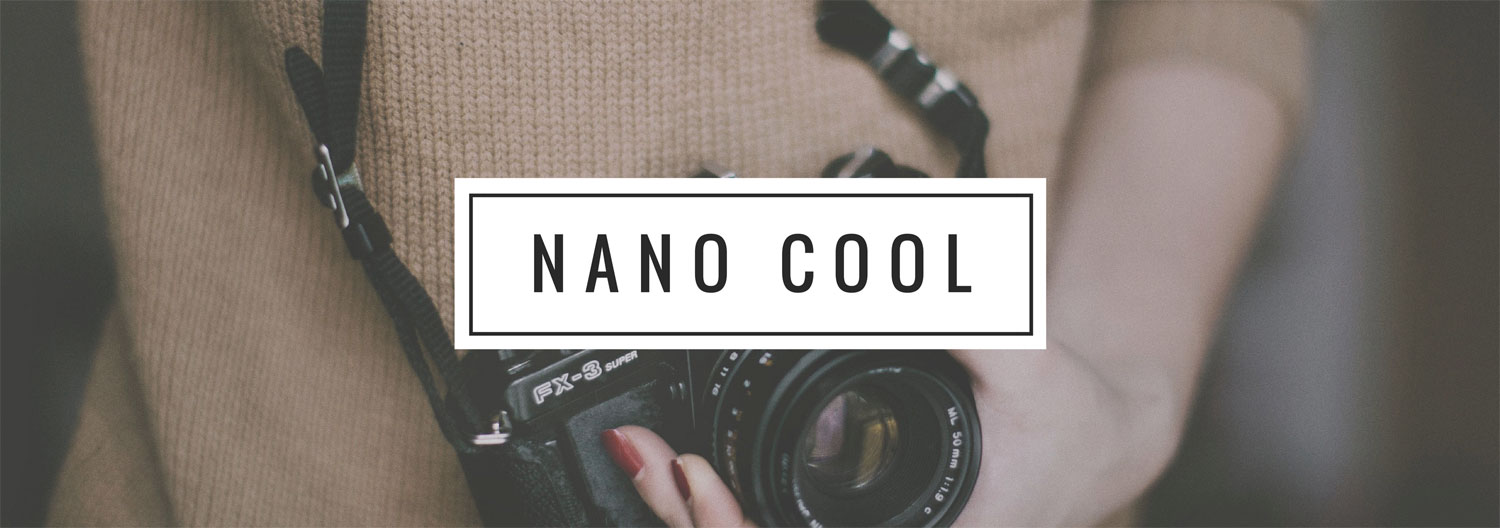Football programmes are a great choice of collectable football memorabilia: easy to pick up when you’re at a game, they don’t take up much space (well, individually!), and at initial purchase, they aren’t as costly as some other football memorabilia.

But, are they worth picking up? Do they have much value in years to come? In this article, we’re teaming up with Where The Trade Buys, a UK provider of roller banners, to show you which programmes are deemed rare and valuable, along with tips on how to start building a football programme collection.
A bit of background
With the start of the Football League in 1888, football programmes started to be produced. Unlike today, the aim of a programme was to keep score and it was made up of a single sheet detailing the teams and match date.
Aston Villa’s ‘Villa News and Record’ was one of the first football programmes to be created. Soon after, the football programme took on a weightier format of between four and eight pages, while the covers became more attention-grabbing and attractive. During and after World War II, a paper shortage cut the number of programmes that clubs could produce — making any that were released very collectible today.
Programmes underwent a few changes in the following years, such as an A4 size option. Some clubs opted to remain with the smaller size, and others preferred the bigger print. From a single sheet of basic info, the availability of saddle-stitch book printing and a growth in popularity turned football programmes into thick, glossy books crammed with trivia, statistics and high-resolution photos that fans loved to buy before every match.
As they always have, today’s programmes offer football match attendees key information about the players and the match. Although today, the programme can also act as a mouthpiece for the club in question, allowing managers and players to speak to fans via interviews and club statements.
Resale value of football programmes
For the right programme, collectors are definitely willing to part with a notable amount of money. In 2012, a family from Ipswich managed to make around £46,000 by auctioning off a set of football programmes they stumbled across in their house, which goes to show how easy it is to not realise the treasure you have sitting around your home.
The oldest-known FA Cup final programme for Old Etonians vs Blackburn Rovers, was sold a few years ago during a Sotheby’s New Bond Street auction for £30,000. Meanwhile a single-sheet programme from the 1909 FA Cup final between Manchester United and Bristol City went for £23,500 in 2012.
As a collector, which programmes should you be looking to add to your collection? And which of your current additions might be worth something?
The price tags
In terms of important programmes, the first Wembley final programme in 1923 between Bolton and West Ham United fetches a respectable £1,000. Alternatively, there’s the programme from the one and only time a non-English club lifted the FA Cup — Cardiff City vs Arsenal in 1927 — which ended with a score of 1-0 and has a value of about £2,500!
Naturally, one of the most sought-after programmes is for the 1966 England vs West Germany match. But be warned; there were three reprints of the original, so tracking down a bona fide version is tough. If you want to be sure you’re buying an original, check the weight and colouring — the reprints are more lightweight, while the front cover of the original is a deep, royal blue. Different paper types are also used for the team pages in the original, but not in the reprinted versions.
Another rarity in the world of programme collecting is the programme that was printed, but never used, for the cancelled Manchester United vs Wolverhampton Wanderers match following the 1958 Munich air disaster. They can go at auction for around £10,000, or the programme for the first match following the tragedy — the 19th of February 1958’s game between Manchester United and Sheffield Wednesday. In this programme, the club showed respect to those involved in the disaster by leaving the team page blank.
If you’re looking for less expensive, but still collectable programmes:
- A wartime England vs Wales international programme — which once sold for £750
- A 1932 Arsenal vs Manchester City — which reportedly made £520
- A 1931 Exeter vs Leeds copy — which reached a decent £500
To get started
Here’s what you need to look out for when collecting football programmes:
- Age — anything over 50 years old is most collectible.
- Rarity — if there are many available, this will bring the value down.
- Popularity — programmes with an iconic footballer on the cover or detailing a famous match are the most prized and valuable.
- Condition — creases, missing staples and water damage all harm the programme’s price, so ask for a photo before you pay.
FA Cup final programmes are always a good bet for retaining value. So do any booklet that was perhaps the first or final edition of a player’s/manager’s career (i.e. the last game David Beckham played for Manchester United).
Of course, some teams will have more value in their programmes than others, but your team’s programmes may have more personal value. Sides such as Manchester United, Chelsea, Liverpool, Spurs, West Ham, and Arsenal are all highly sought after and are worth keeping an eye out for if you want a particularly valuable item. The Football Programme Centre is also a good source of advice if you’re keen on becoming a serious collector.
Fans all across Britain enjoy collecting football programmes for a variety of reasons, and it’s always a great feeling when you bag a bargain rarity. So, why not keep yourself football-focused until the new season kicks off by learning more about the hobby?
Sources:
https://www.bbc.co.uk/news/uk-england-suffolk-18399222
https://www.antiquestradegazette.com/news/2013/auction-record-for-any-football-programme/
https://www.justcollecting.com/miscellania/top-5-most-fascinating-football-programmes
http://www.footballprogrammecentre.co.uk/football-programme-guide.php
